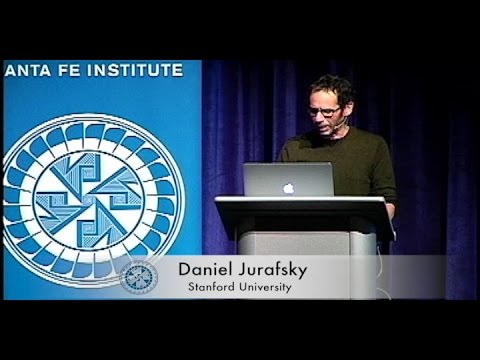Description:
Explore the fascinating intersection of language and food in this 57-minute lecture by Daniel Jurafsky, Professor of Linguistics and Computer Science at Stanford University. Delve into the surprising insights that food-related language offers on history, economics, psychology, and evolution. Discover the origins of America's national condiment as a Chinese fermented fish sauce and learn why crispy food brands tend to have different vowels than their creamy counterparts. Examine the complex language of restaurant menus and reviews, uncovering what they reveal about our culture and society. Journey through topics such as Jane Austen's family recipe for walnut ketchup, the computational history of science, economic theories reflected in menu design, and the concept of synesthesia across the five senses. Gain a deeper understanding of how the words we use to describe food can provide unexpected revelations about our world and ourselves.

Eating Our Words: What the Language of Food Reveals About History and Culture
Add to list
#Humanities
#Linguistics
#History
#Pop Culture
#Food History
#Social Sciences
#Cultural Studies
#Economics
#Economic Theory
#Psychology
#Cognitive Psychology
#Sensory Perception
#Computer Science
#Artificial Intelligence
#Computational Linguistics
#Etymology